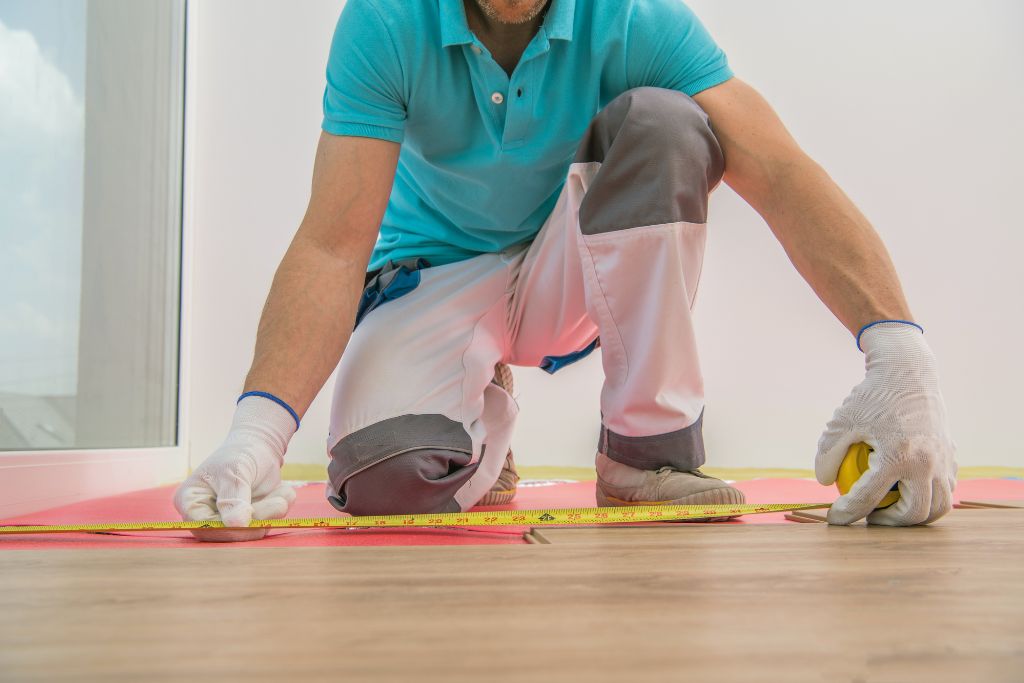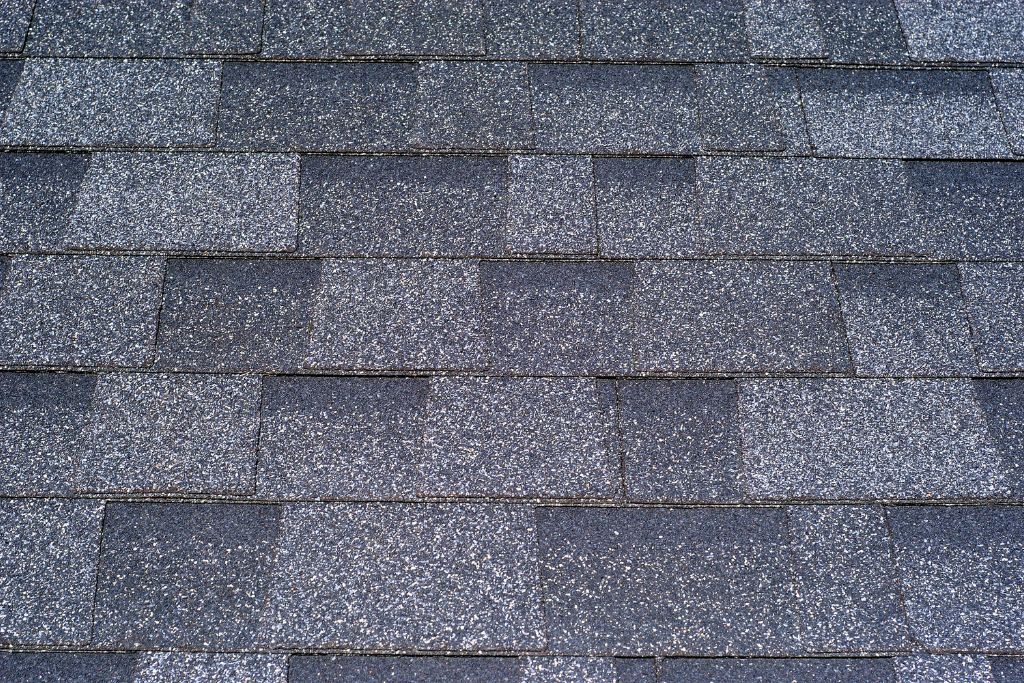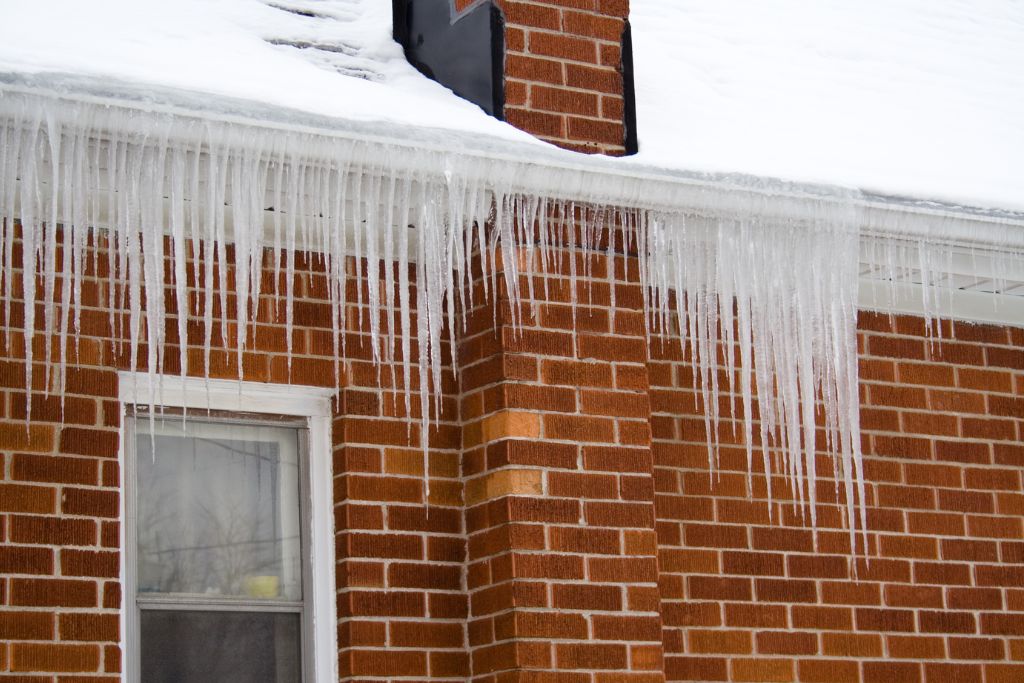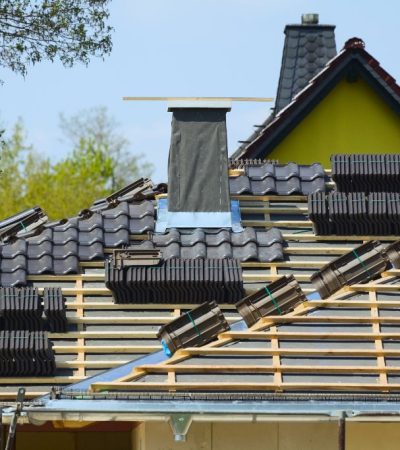It’s easy to take the roof of your home for granted, but it’s important to take an in-depth look at it to determine what needs to be fixed. Whether it’s an ice dam, insulation issues, or even shingles, there are a lot of factors to consider when looking at a roof.
Underlayments
When it comes to choosing the best roof underlayments, you need to know what to look for. Depending on your climate, you may need to use different types of underlayments.
One of the biggest factors to consider when choosing underlayments is traction. Some types of synthetic underlayments do not offer much traction, while other underlayments do a better job.
Choosing underlayments can be a daunting task. The best thing you can do is consult a professional. Having a licensed roofing contractor inspect your roof and help you choose the underlayment that’s right for your home can be invaluable.

For your roof, you can choose from asphalt-saturated felt, rubberized asphalt, or synthetic underlayments. These underlayments all provide good water protection, but there are differences in the durability of each.
Asphalt-saturated felt is a common choice for roofs with steep slopes. It’s waterproof and adds stiffness to the roof deck. However, in hot climates, the material can deteriorate faster.
Shingles
Roofing shingles are one of the most popular products in the marketplace. They are available in a wide range of colors, styles, and materials. They are also inexpensive, durable, and easy to install. Depending on the type of shingle you choose, your roof can last for years.
Before selecting a shingle, it is important to consider a number of factors. The style and material you choose will have a dramatic effect on the look of your home. However, there are some drawbacks to shingles as well.
Shingles can buckle in attic spaces that do not have proper ventilation. The wind is another factor that can damage shingles. Roofing shingles can also be damaged by hail.

Shingles are typically manufactured from non-toxic and environmentally friendly materials. Some shingles are even recycled.
Slate is a common roofing material. It has a high resistance to fire and is a good choice for hot climates. Also, slate shingles can last for a long time, making it a wise investment.
Ice dams
Ice dams on roofs are a real hazard to your home. Not only do they damage your roofing system, but they can also cause a lot of other problems inside your house.
Ice dams are caused by accumulated snow and ice. When the snow starts piling up on your roof, it freezes at the colder edge. As a result, water can leak in between the snow and shingles. This can damage your home and lead to mold growth.

The best way to avoid an ice dam is to prevent it from ever forming in the first place. You can do this by creating sufficient ventilation for your attic.
You can also install heat cables to melt the snow. Another option is to install calcium chloride pellets to melt the ice.
You might also want to consider hiring a professional to do an insulation check to ensure that your insulation is insulated properly. This can save you money in the long run, as a poorly insulated attic can increase your energy costs.
Insulation
Whether you are constructing a new home or renovating an old one, it is important to consider the optimal insulation of roofs and walls. Insulation reduces energy consumption and can help to save money.
There are many materials available for roof insulation. The choice of material will affect the cost and difficulty of installing it. Some types of insulation are poured or blown in. You can also choose to install insulation boards. If you are renovating your roof, it is important to hire an expert in the field.

One of the most popular forms of insulation is loose-fill, which is usually blown in by an experienced installer. This type of insulation can be used in attics, on walls, and under floor slabs. It is a thin material that is installed between wood frame beams and sheathing.
Other types of insulation include foam, which is a flexible plastic foam. The thickness of the foam board can make a difference in the price. Another type of insulation is spray foam that is sprayed onto roofs. These are typically installed as part of commercial roofing projects.




